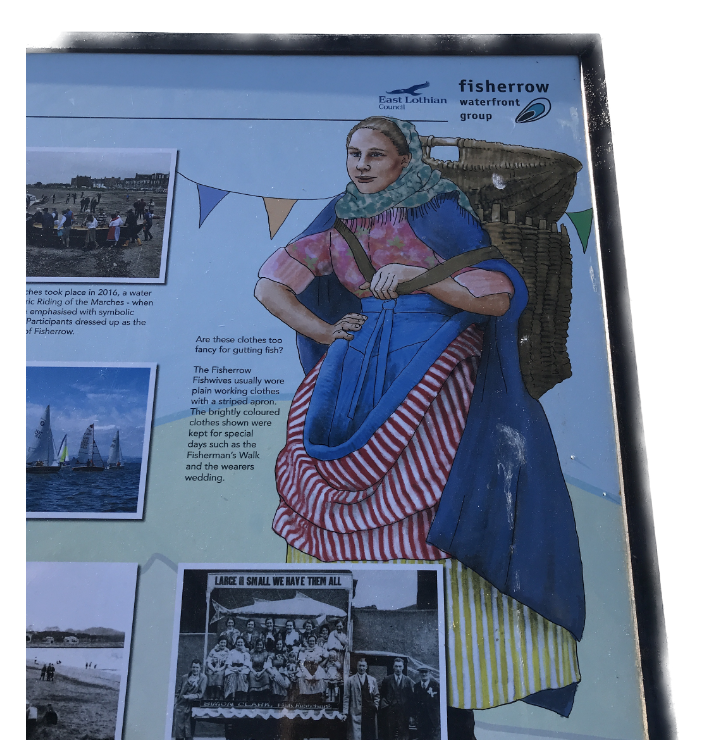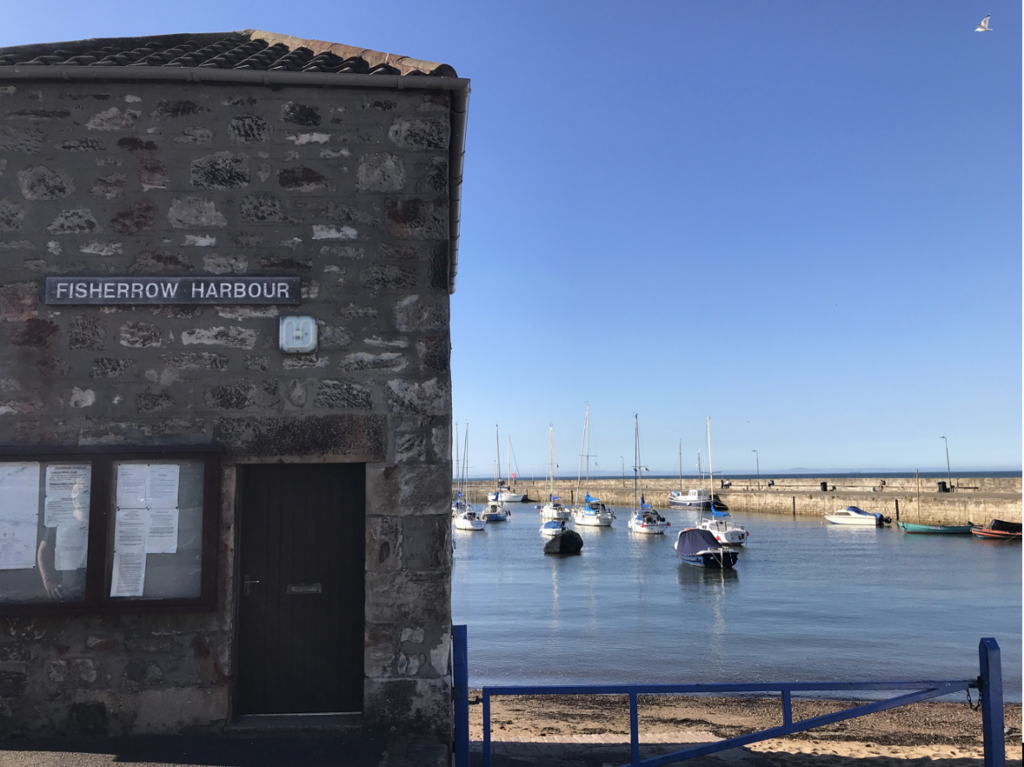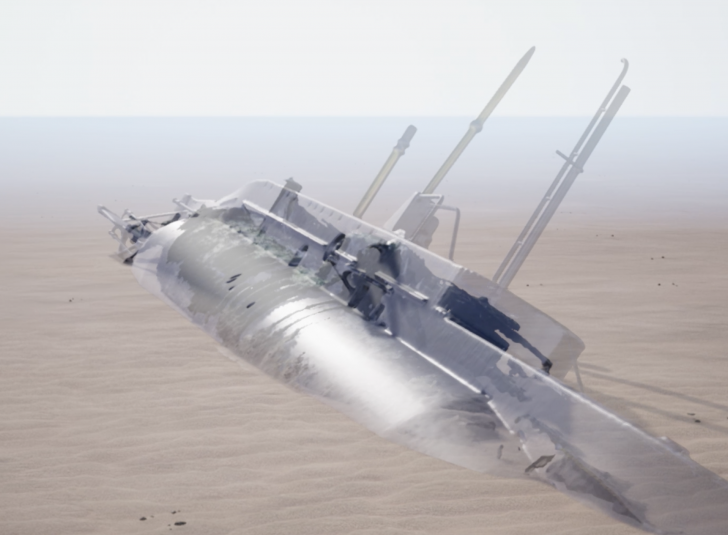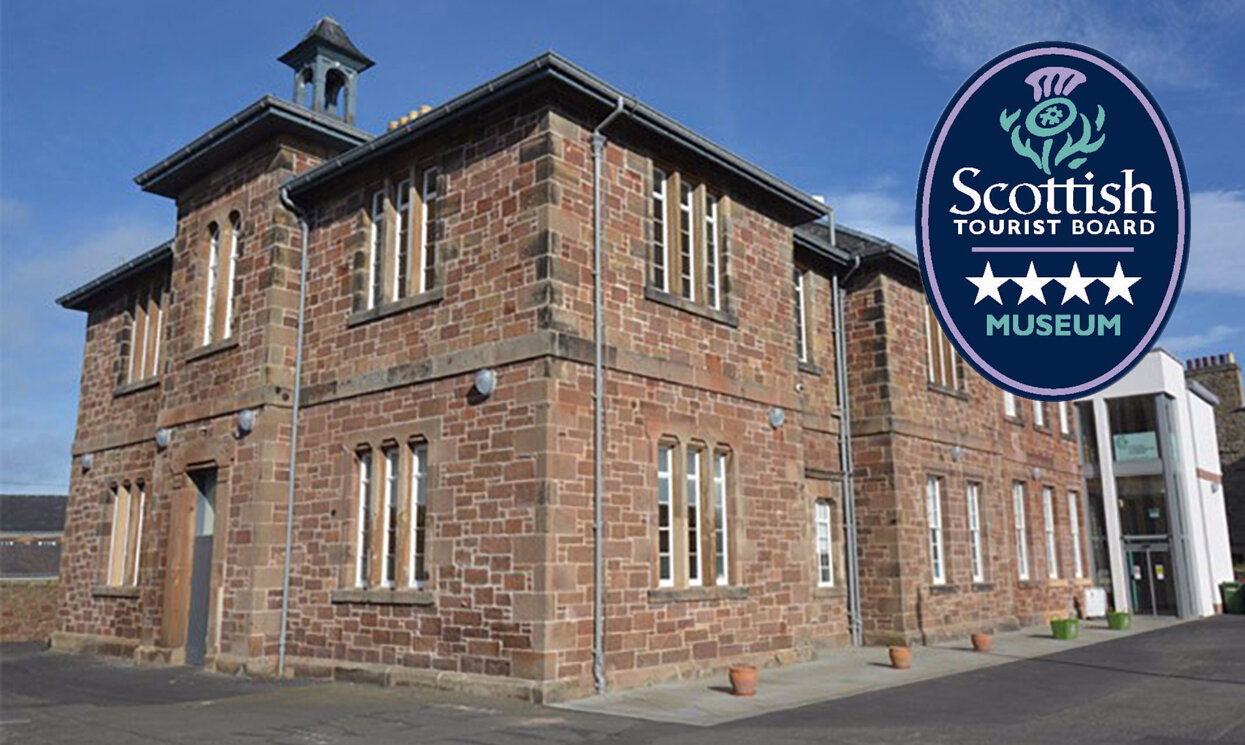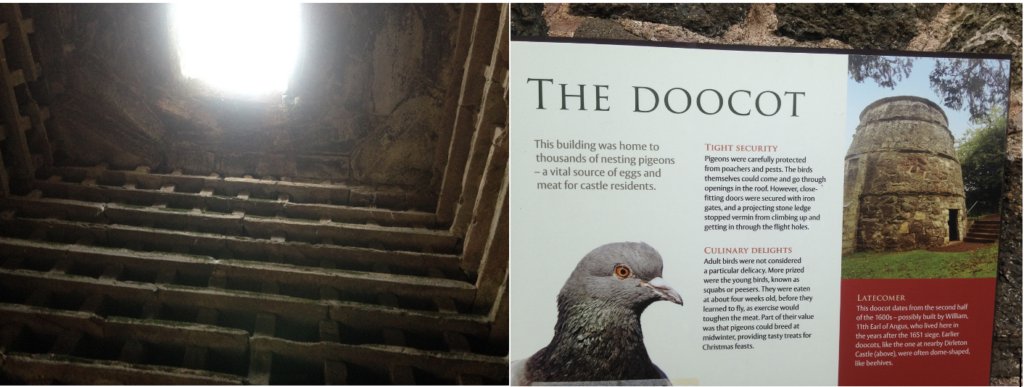Promenade, Portobello, Edinburgh, EH15 2BH

The Portobello Promenade is a 2.2 mile (5,000-step) coastal walkway in the suburb of Portobello in the Eastern part of the city of Edinburgh. The adjacent sandy beach is popular for Summer outdoor activities, from surfing and swimming to beach sports. Along the promenade, there are numerous points of interest, such as the exotic Portobello Community Garden, Straiton Place Park with the Prince of Wales Fountain, as well as a host of cafes, leisure facilities and other amenities. Amongst the latter, the most notable is the Portobello Swim Centre and its Turkish Baths, built by City architect, Robert Morham, in 1898. The area is key part of the annual Portobello Art Walk each September.
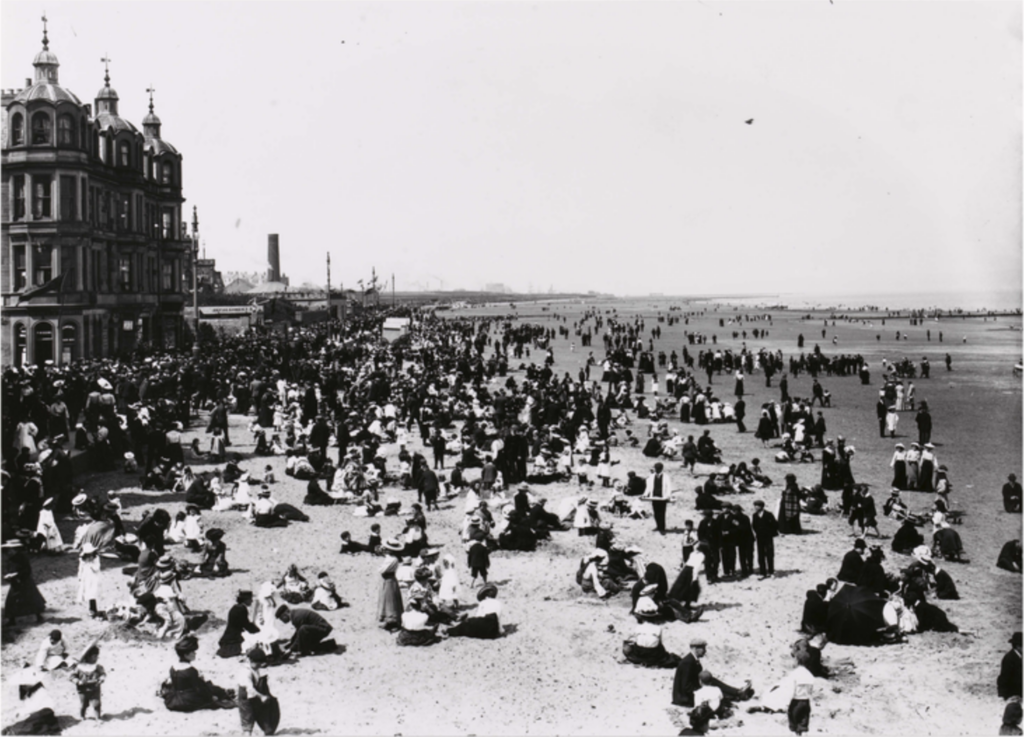
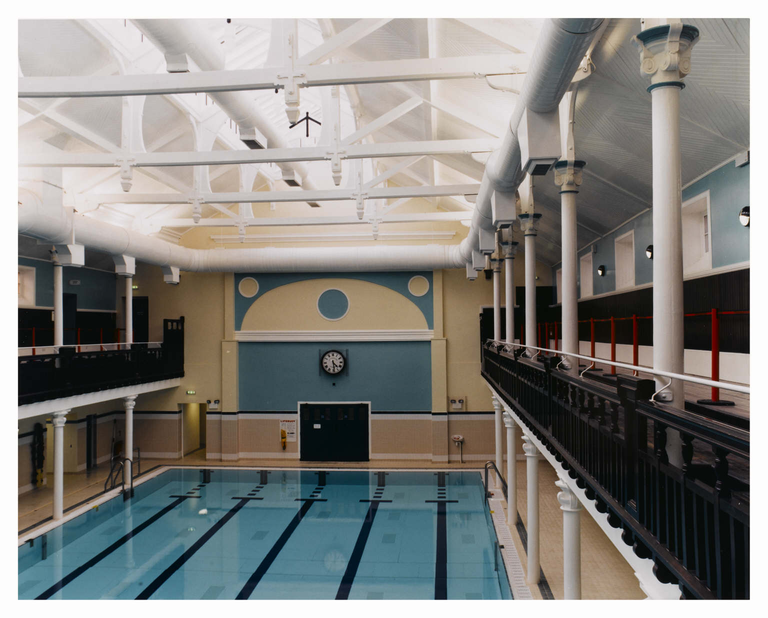
Portobello Swim Centre – https://www.edinburghleisure.co.uk/venues/portobello-swim-centre
Portobello Art Walk – https://www.artwalkporty.co.uk/


